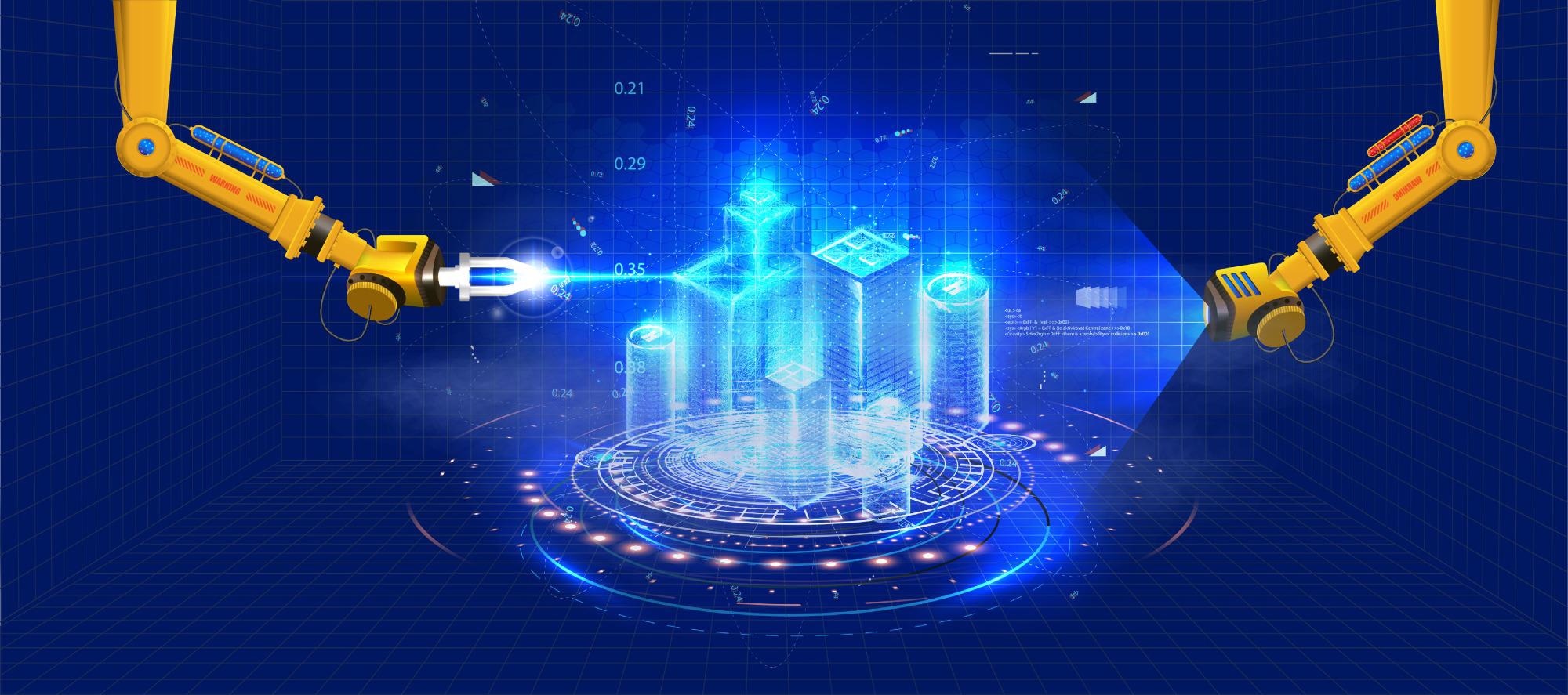Artificial intelligence (AI) technology has made its mark in almost every industrial sector today, and architecture is no different. Algorithms now automatically process information to help architects design new buildings – and the trend toward more AI-based architecture has risen sharply in the wake of Covid-19.

Image Credit: ZinetroN/Shutterstock.com
Broadly speaking, AI is the science of making computers perform tasks that usually rely on a human being’s intelligence. Machines are using AI when they reason, uncover meanings, make generalizations, or learn from feedback data from past actions (this is called machine learning, ML).
Computer scientists write algorithms – mathematical instructions for computers to follow – that cumulatively show a computer how to behave as if it was intelligent. This is what we mean by AI.
Today, AI is used to give us media recommendations, suggest travel routes, fly drones, plan agriculture, and manage warehousing and logistics networks, national electric grids, and environmental monitoring systems.
AI in Architecture: What Happens When Computers Design Buildings?
One example of AI in architecture is the commercially available algorithm, Finch. Finch creates different spatial configurations for floor layouts according to set parameters defined by the user and modifies them as users adjust the total amount of space available.
Finch is used to defining interior zones in buildings in the initial stages of a design project. These tend to be refined later in the design process as more specific requirements become apparent.
The algorithm was developed by BOX Bygg and Wallgren Arkitekter, a Swedish construction firm and architecture studio, respectively. It is written in the Grasshopper3D programming language, which means it can be used in standard CAD (computer-assisted design) software.
Another programming intervention in architecture is being led by developer Joel Simon. The experimental project, Evolving Floor Plans, optimizes floor plan layouts with generative design.
Simon draws inspiration for the project from diverse fields: computer science, biology, and design. A genetic algorithm organizes rooms inside a building and manages the flow of people through the spaces.
The experimental project is seeking to optimize floor plan layouts for efficiency only, without paying attention to convention or constructability.
U.S.-based startup Higharc is also trailblazing with advanced AI assistance for architecture and design. The company is developing an application that automates home design and customization to enable lay people to design their own houses.
The software uses ready-made plans to ensure that users’ customizations are practicable and safe. A web app connects non-specialists users to the AI so anybody can use it.
Video Credit: Gediminas Kirdeikis/Shutterstock.com
Parametric Design
Many of these uses of AI in architecture are examples of parametric design. Something of a modern buzzword, parametric design now features in workflows for architects and designers the world over.
It expresses parameters and rules for algorithms that, when combined, work to encode the designer’s intent into the computer’s design iterations.
Parametric design has been a feature of experimental architecture since the 1980s, when architects began using computers software designed for the aerospace and entertainment industries to mimic naturally occurring structures with computers.
Greg Lynn was one of the first architects to use computers to help design buildings. The “blob and fold” method that he developed was an early example of AI-generated design, and it worked with what we would refer to as parametric design concepts today.
The parametric design enabled Italian architect Massimiliano Fuksas to complete the new Terminal 3 building at Shenzhen Bao'an International Airport in 2013. Engineers Knippers Helbig supported the parametric design process.
In all of these examples, architects set the constraints, plugged in data, and then set computers to work to create a huge set of iterations of a new building design in just a few minutes.
This gives architects more freedom to create new designs and try out new ideas, knowing that the repetitive and time-consuming work of drawing up plans and quantifying the impact of minor changes is being handled by the computer.
Impact of Covid-19
Even before the outbreak of covid-19 in late 2019 and throughout 2020 and 2021, the architecture industry had already been moving towards more automation, driven by advances in AI technology.
This general trend mirrors a global shift towards more smart, automated, and connected technology – often referred to as Industry 4.0 or the Fourth Industrial Revolution.
But the effects of covid-19 have sped this move towards more automation in architecture up sharply. Again, this has been the case across the whole global economy, with AI and Industrial Internet-of-Things (IIoT) transformation projects brought ahead of schedule to deal with huge changes in labor and logistics alike.
In architecture, there has been an increase in investment, research, and interest in AI technologies by architecture firms of all sizes and in all locations. Industry experts say this is due to a growing talent shortage and recruitment difficulties.
While labor and recruitment difficulties became sharper with covid-19, the demand for more buildings did not actually abate (in the U.S., at least). Therefore, architecture firms are dealing with increased workloads and less available labor.
AI technology can drastically reduce the amount of time it takes to design a new building, as well as help to improve design quality by offering multiple, successive, iterative designs that improve with ML at each iteration.
References and Further Reading
Baldwin, E. (2021). BuildTech Futures: Artificial Intelligence and Machine Learning. ArchDaily. Available at: https://www.archdaily.com/924704/buildtech-futures-artificial-intelligence-and-machine-learning.
Baldwin, E. (2021). How Artificial Intelligence Will Shape Design by 2050. ArchDaily. Available at: https://www.archdaily.com/937523/how-artificial-intelligence-will-shape-design-by-2050.
Frazer, J. (2016). Parametric Computation: History and Future. Architectural Design. Available at: https://doi.org/10.1002/ad.2019.
Pederson, M. (2021). An Optimist’s Take on AI and the Future of Architecture. ArchDaily. Available at: https://www.archdaily.com/961547/an-optimists-take-on-ai-and-the-future-of-architecture
Disclaimer: The views expressed here are those of the author expressed in their private capacity and do not necessarily represent the views of AZoM.com Limited T/A AZoNetwork the owner and operator of this website. This disclaimer forms part of the Terms and conditions of use of this website.